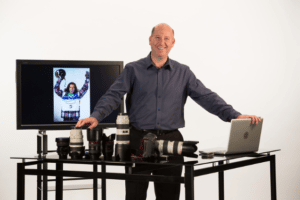WWII Photos Recovered by Photographer’s Son
September 7th, 2015
What’s the best way to pay homage to a loved one? Showcase their greatest strengths. That’s what Bruce Bomhard did for his deceased father, Bill, who served as a documentary photographer in World War II. “I found [the photos] when I was a kid in the garage, and as a curious kid I opened them up and saw them, but didn’t really care or know much about them,” says Bill. “When I was older and realized what they were, I was like, ‘Holy mackerel!’” Here, Bill discuses the process of finding and displaying his father’s legacy.
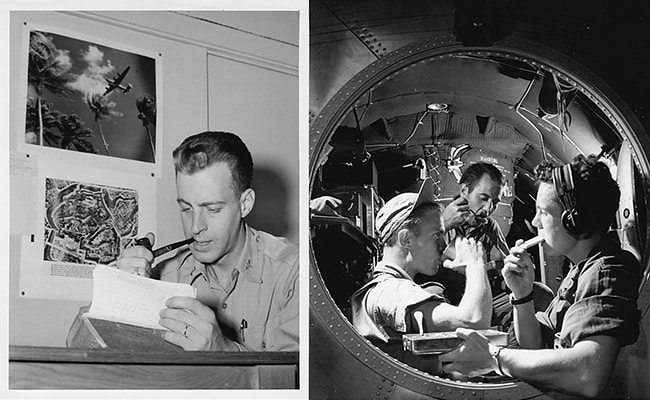
How did you get the photos online?
I scanned them all. A few of them I cleaned up a little bit because they had some dirt and some scratches on them, but for the most part they’re in pretty great shape. There are about 120 photos, and it took me several days. The long ones I’d have to scan in quads because I only had a flat bed scanner. I’d scan the four corners and then go into Photoshop and join them all together. For the most part they all matched up pretty well.
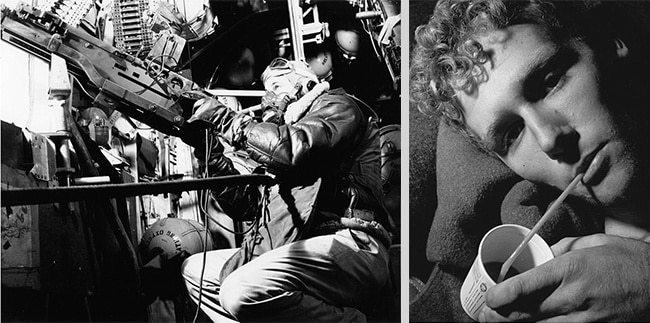
Tell us about your father’s photography career
My dad went to the Clarence H. White School of Photography in the late 1930s. The school was the first of its kind to teach photography as an art form. Many of the famous photographers of National Geographic, Life, etc. went to the Clarence H. White School. There’s a good book on the school available called Pictorialism into Modernism: The Clarence H. White School of Photography.
In the 1930s, my dad worked for fashion photographer Wynn Richards in New York City. He was one of the mad men off Madison Avenue. Then he went off to the war (World War II) and was a documentary photographer for the Army Air Force. He was actually a captain in the Army Air Force, and then after the war, he tried to make a go of it (photography as a career) but housing was really hard to get in New York City because of all of the men coming back from the war, and by that time he had a young family to support. Also, the advertising industry—you’ve seen Mad Men—was too stressful for him. He ended up putting it all away afterwards, and it became more of a hobby. He worked in the aerospace industry on flight control for aircrafts and helicopters for 33 years. He got discouraged with [photography] and was a frustrated artist later in life because he knew he was good but couldn’t quite make a go of it. He did set up a darkroom (4×5) with giant porcelain trays almost 2 and a half to 3-foot-sized.
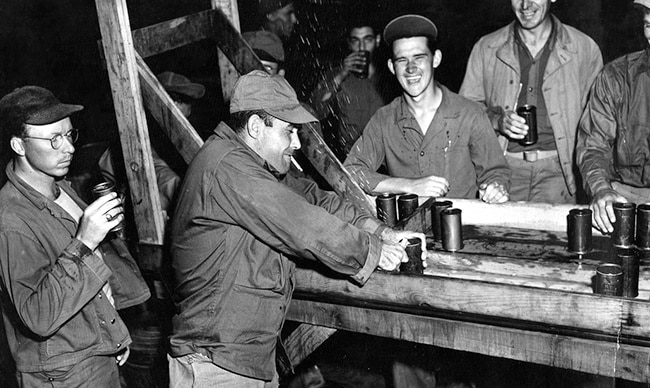
What camera did he use?
Speed Graphic. If you look at the old black and white movies, when you see the press guys shooting photographs, the prisoner coming out of the court house, that’s a speed graphic camera that 99 percent of photographers used (4×5 inch format). It was a one sheet of film at the time, and you can imagine the guys in the war, they would preload all these wooden frames with 4×5 inch frames, and would carry around an army suitcase loaded with 100 frames.
What did he capture during the war?
His job was to go on the islands and document all the troops coming in and the airplanes taking off. Some of the prints I have are stamped with Secret or Top Secret or Confidential and all the backs of them say Property of the United States Army Air Force – Government.
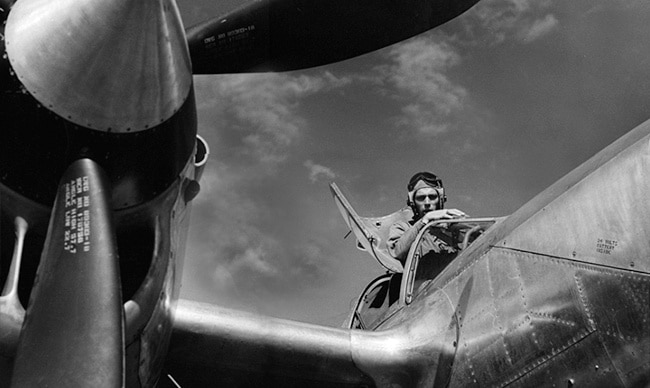
Have you ever gotten into photography yourself?
Just as a hobby. I did video production (broadcast TV commercials, etc.) so I kind of have an eye for it.
When did you create this website for him?
About five years ago, and I’ve gotten a few people calling from time to time. I also did a slideshow on YouTube and have gotten some responses from that as well from other photographers around the world.
For more photos and information, visit www.bomhardphotography.zenfolio.com.
* * *
Do you have a cool story you want to share? Email us at [email protected] and you just might be featured on our blog!


